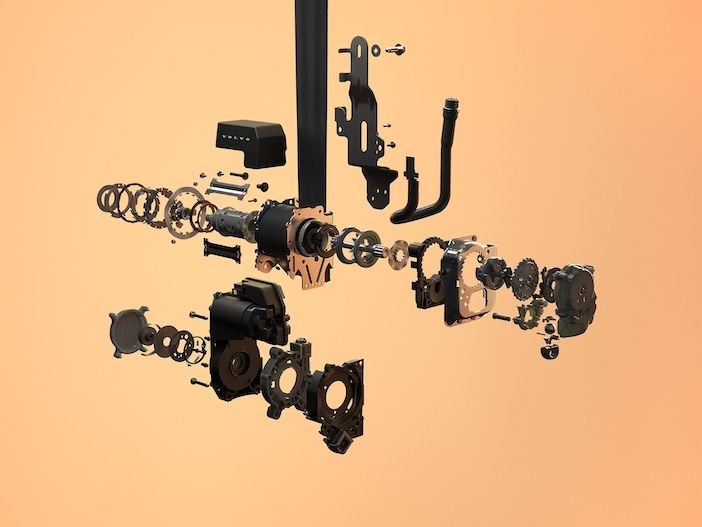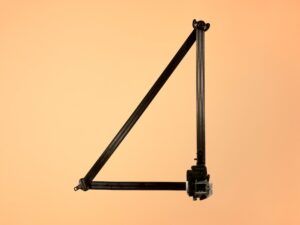It is often interesting to keep an eye on the automotive sector, to see if any developments could benefit the aircraft cabin sector. A recent point of interest is Volvo Cars’ multi-adaptive safety belt, a world-first technology that marks an upgrade to the three-point safety belt.
The belt, which will debut in the electric Volvo EX60 model in 2026, is designed to better protect people by adapting to traffic variations and the person wearing it, thanks to real-time data from the car’s sensors.
Some airlines have brought in three-point safety belts. You can find out more in this guide to seatbelts and certification by Schroth Safety Products.

Back to Volvo’s innovation, the multi-adaptive safety belt can use data input from interior and exterior sensors to customise protection, adapting the setting based on the situation and the seat occupant’s individual profiles, such as their height, weight, body shape and seating position. For example, a larger occupant in a high-impact crash will receive a higher belt load setting to help reduce the risk of head injury. Meanwhile a smaller occupant in a lower-impact crash will receive a lower belt load setting to reduce the risk of rib fractures.

This is achieved by significantly increasing the number of so-called load-limiting profile variations, which manage the force applied to the occupants in the event of a crash. Modern safety belts use load limiters to control how much force the safety belt applies on the human body during a crash. This new safety belt goes a step further, expanding the load-limiting profiles from three to eleven, and increasing the possible number of settings, enabling it to optimise performance for each situation and individual.
Unlike traditional systems, the new multi-adaptive safety belt can utilise data from different sensors, including exterior, interior and crash sensors. In less than a blink of an eye, the car’s system analyses the unique characteristics of a crash – such as direction, speed, and passenger posture – and shares that information with the safety belt. Based on this data, the system selects the most appropriate setting.
The capabilities of the multi-adaptive safety belt are designed to continuously improve via over-the-air software updates. As Volvo Cars gathers more data and insights from use of the belt in service, the car can improve its understanding of the occupants, new scenarios and response strategies.





